‘The Lucky Country’ – Australia has come a long way. In the 200 or so years since the first European settlers dropped anchor in Sydney Harbour in 1788, the country has progressed from being a British prison colony to a world leader in resource production. By Ed Roberts
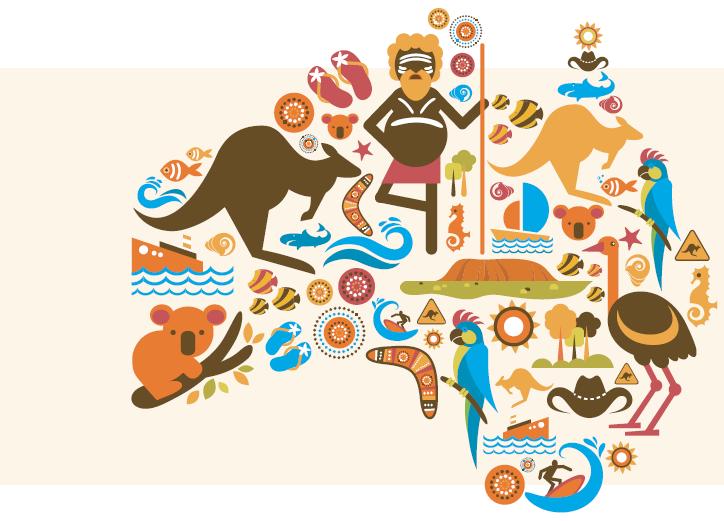
The famous phrase ‘The Lucky Country’ was coined with anger and derision by Professor Donald Horne for his book of the same title in 1964. At face value, you could say Australians are indeed lucky because of the legendary sunny climate, economic booms and their ongoing legacy of mining for gold. Geographic isolation from the world’s trouble-spots has also earned this accolade. Whilst, there is always a lot more to the story than bold facts – Australia has always enjoyed that all coveted place in the global mindset of being a desirable place to live, to begin again, or get away from it all. Its promise of the endless rounds of barbecues on the beach, cold beers and a sporting life still beckon thousands and thousands of people from all around the globe annually – with no signs of this diminishing any time soon.

Australia is a natural wonder. It possesses an eco system unique to the region that supports animal and plant life that thrive nowhere else on earth - just think of the kangaroos, platypus, bandicoots, Tasmanian devils, wombats and notorious spiders and snakes that wander the land and that’s not even taking into account the creatures in the sea or sky! It is a land of endless beaches, crystal blue waters, spectacular and famous rock formations, some of the world’s biggest deserts and large areas of pristine rainforest.
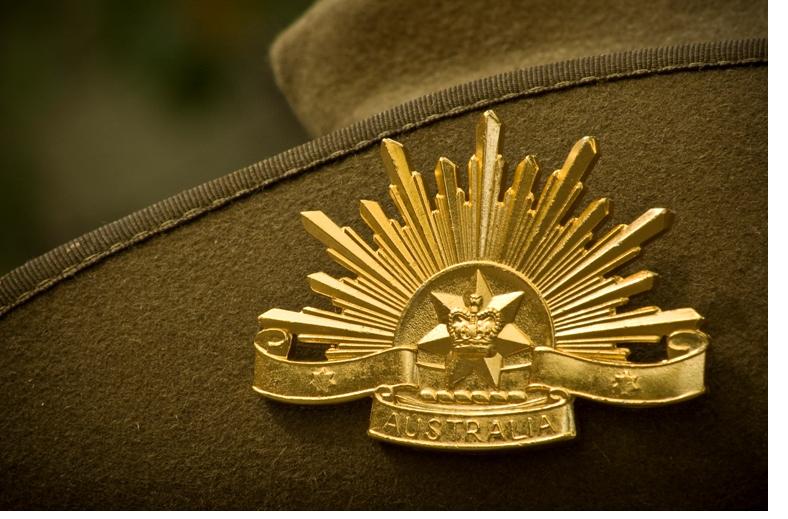 As the planet’s sixth largest nation, Australia doubles as the Earth’s smallest and lowest continent. It is also the only continent to be both country and island, as well as being the least populated per square mile. Australia is home to the planet’s largest living organism – the Great Barrier Reef, spanning 1,600 miles of the east coast too. The country is made up of six states and two territories: New South Wales; Victoria; Queensland; South Australia; West Australia; Tasmania; Northern Territories and the Australian Capital Territory (ACT). Australians speak 200 different languages and dialects - the official national language is English with 45 indigenous languages spoken by Aboriginal and Torres Strait Islanders. Aboriginal and Torres Strait Islanders made up 100% of the people of Australia before the arrival of the first European settles in 1788. The indigenous ‘Dream Time’ forms the basis for ten thousand years of Aboriginal culture and art including traditions, legends, myths and folklore that reflect a deep connection with the land and animals around them.
As the planet’s sixth largest nation, Australia doubles as the Earth’s smallest and lowest continent. It is also the only continent to be both country and island, as well as being the least populated per square mile. Australia is home to the planet’s largest living organism – the Great Barrier Reef, spanning 1,600 miles of the east coast too. The country is made up of six states and two territories: New South Wales; Victoria; Queensland; South Australia; West Australia; Tasmania; Northern Territories and the Australian Capital Territory (ACT). Australians speak 200 different languages and dialects - the official national language is English with 45 indigenous languages spoken by Aboriginal and Torres Strait Islanders. Aboriginal and Torres Strait Islanders made up 100% of the people of Australia before the arrival of the first European settles in 1788. The indigenous ‘Dream Time’ forms the basis for ten thousand years of Aboriginal culture and art including traditions, legends, myths and folklore that reflect a deep connection with the land and animals around them.
Since Australia gained its independence from the United Kingdom and joined the Commonwealth in 1901, immigration ‘down under’ has been a constant. The spread westwards was gradual following the discovery of the seemingly impassable Great Dividing Range. The flow of prospectors, farmers and, later on, miners saw continuous recruitment drives for families from Europe. A huge spike in immigration was a result of the aftermath of World War 2. The resettlement of displace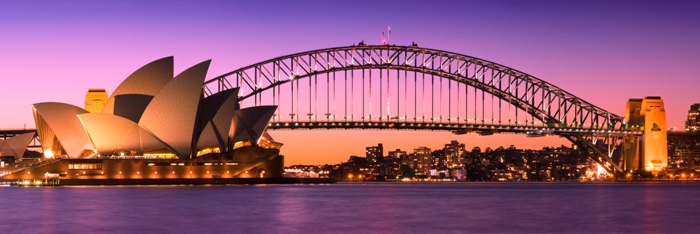 d persons and refugees saw migrants arrive from all over Europe and the Middle East – and later Asia and Africa. The 1960s saw further pushes to entice young professionals from the UK such to fill posts for teachers, doctors and engineers. These people were known as ‘Ten Pound Poms’ because that’s how much the passage and relocation package would cost them. To this day, the lure of mining industry attracts many Australians and immigrants alike, at a steady rate.
d persons and refugees saw migrants arrive from all over Europe and the Middle East – and later Asia and Africa. The 1960s saw further pushes to entice young professionals from the UK such to fill posts for teachers, doctors and engineers. These people were known as ‘Ten Pound Poms’ because that’s how much the passage and relocation package would cost them. To this day, the lure of mining industry attracts many Australians and immigrants alike, at a steady rate.
Today, Australia is a country that outwardly champions cultural diversity, freedom of speech, free assembly, religion, and movement. Australian society observe what is known as ‘the Rule of Law’ and it observes a number of basic principles and values such as: a tolerance of cultural diversity; equality for sexes; religious and ethnic backgrounds; a guarantee of equal opportunities and the freedom of speech and a right to pr actice any religion. Such freedoms have made stricter immigration policies necessary and as a result the selection process is in a constant state of change.
actice any religion. Such freedoms have made stricter immigration policies necessary and as a result the selection process is in a constant state of change. The Skilled Occupation List (SOL) on the Australian Immigration website (www.immi.gov.au) currently highlights a need for doctors and nurses, engineers and skilled tradespeople. Migration trends to Australia have seen a rise in the IT sector over the last 15 years. Like the rest of the world, the issue of immigration has never been far from the top of the Australian government’s list of priorities. The screening process to ‘get in’ is particularly rigorous at the present time. The most popular visas are the ‘Temporary Graduate Visa' for skilled professionals to get a flavour of life in Australia; the second option is the ‘Sponsorship for Immigration Programme’. The latter is a scheme that sees either relatives or companies sign agreements with the government to financially support and provide accommodation for a new arrival’s first two years to ensure their smooth transition into Australian society.
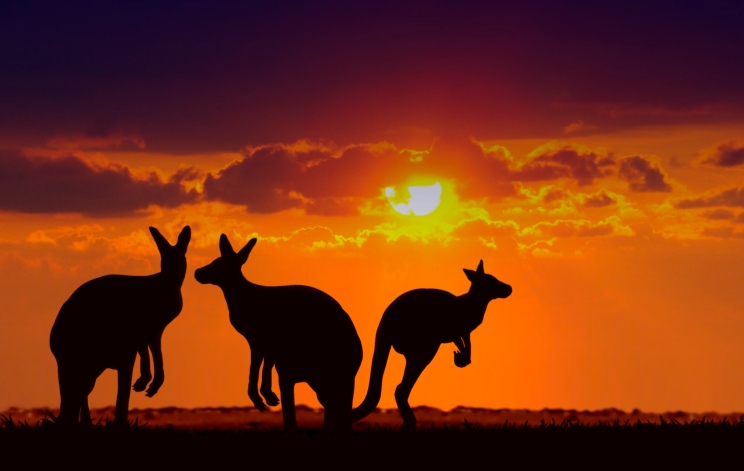 For removal companies, the type of job they see very much depends on which region they are based in. For example, certain industries are localised across Australia. Mining companies operate from the more remote regions in Central, North-Western Australia and North Queensland. Government officials and diplomats are traditionally based in Canberra (ACT) and require frequent moves internationally. Queensland is home to some of the world’s largest producers of sugar, major tourist destinations and Australia’s largest military hub, Townsville. Australia has also suffered from the global recession with a knock-on effect to most industries – this has seen a flux in companies downscaling existing premises or closing up shop completely. There are valid claims that the economy is on the up again even though migration figures have remained steady throughout the decline.
For removal companies, the type of job they see very much depends on which region they are based in. For example, certain industries are localised across Australia. Mining companies operate from the more remote regions in Central, North-Western Australia and North Queensland. Government officials and diplomats are traditionally based in Canberra (ACT) and require frequent moves internationally. Queensland is home to some of the world’s largest producers of sugar, major tourist destinations and Australia’s largest military hub, Townsville. Australia has also suffered from the global recession with a knock-on effect to most industries – this has seen a flux in companies downscaling existing premises or closing up shop completely. There are valid claims that the economy is on the up again even though migration figures have remained steady throughout the decline.
Australia now aims to put Donald Horne’s sarcasm behind them with an aim to become ‘The Clever Country'. Instead of basing its past successes on ‘luck’ Australia has come to the fore recently with strong stances on citizenship and immigration policies. Foreign investment and a commitment to prolific responsible governance in the world theatre have shown that there are some serious tacticians at work behind the scenes. Sporting glories of the past may need a polish but the cliché holds true that you can’t hold a true blue Aussie down for long. As the expression ‘he/she’s an Aussie battler’ goes, the indomitable spirit of the country - ‘lucky’ or not - will ensure a steady stream of immigrants wanting to realise their Aussie dream for decades to come.
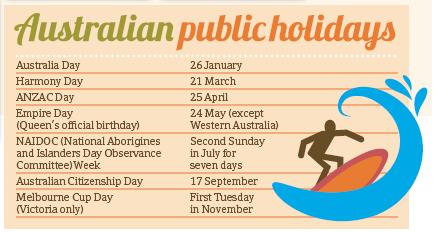
Australia Art at the Royal Academy
The exhibition that runs at The Royal Academy in London ends on the 8th of December 2013. It includes pieces such as: Tom Roberts’ – A Breakaway (1891), Sidney Nolan’s Ned Kelly (1948) and John Brack’s The Car (1955) for the first time on UK soil. Indigenous Aboriginal art is also showcased.
"Australia’s most treasured art comes to London for the biggest show yet seen in UK" - The Guardian
Marking the first major survey of Australian art in the UK for 50 years, this exhibition spans more than 200 years from 1800 to the present day and seeks to uncover the fascinating social and cultural evolution of a nation through its art.
Tickets can be bought at http://www.royalacademy.org.uk/exhibitions/australia/ Click here to read the next Editor's pick